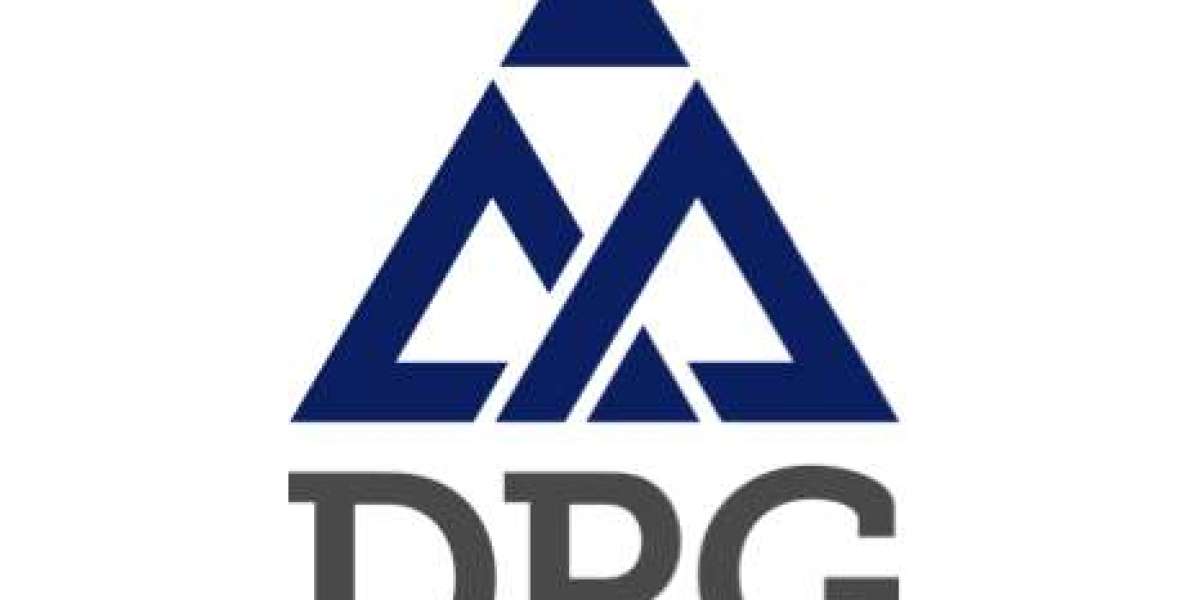A fiber laser metal cutting machine is an advanced piece of industrial equipment that uses a high-powered fiber laser to cut various types of metal with exceptional precision, speed, and efficiency. This technology has rapidly become the standard in metal fabrication due to its performance advantages over traditional cutting methods such as CO₂ lasers, plasma cutters, or mechanical tools.
How It Works:
At the heart of a fiber laser metal cutting machine is the fiber laser source, which generates a high-intensity laser beam using diode-pumped optical fibers doped with rare-earth elements like ytterbium. The laser beam is transmitted through a flexible fiber optic cable to a cutting head, where it is focused into a very fine spot using a lens.
When the concentrated laser beam strikes the surface of the metal, it heats the material to its melting point. An assist gas (such as nitrogen, oxygen, or compressed air) is simultaneously blown through the nozzle to remove molten metal and create a clean, narrow cut. The process is computer-controlled using CNC (Computer Numerical Control) systems, allowing precise and repeatable cutting patterns from digital designs.
Key Advantages:
High Precision and Cutting Quality:
Fiber lasers produce a very small and focused beam, which allows for extremely precise cuts with smooth, clean edges. This minimizes the need for secondary finishing processes.Fast Cutting Speeds:
Fiber laser machines are significantly faster than CO₂ and plasma cutting systems, especially when cutting thin to medium-thickness metals such as stainless steel, carbon steel, aluminum, and brass.Low Operating Costs:
Fiber lasers are more energy-efficient than CO₂ lasers. They also have fewer consumables, lower maintenance requirements, and longer operating life (often over 100,000 hours), making them highly cost-effective in the long term.Excellent for Reflective Metals:
Unlike CO₂ lasers, fiber lasers can effectively cut reflective metals like copper, brass, and aluminum without the risk of beam reflection damaging the laser source.Compact and Space-Saving Design:
Because fiber lasers do not require complex mirror systems or gas-filled tubes, the machines are more compact and easier to integrate into production environments.Automation Compatibility:
Fiber laser metal cutting machines can be seamlessly integrated with robotic arms, conveyors, and other automation equipment, enabling lights-out manufacturing and increased productivity.
Applications:
Automotive and Aerospace: Cutting high-precision components, panels, and structural parts.
Construction and Architecture: Producing decorative panels, steel frames, and intricate metal designs.
Electronics and Appliances: Cutting thin, detailed parts from stainless steel and aluminum.
Metal Fabrication Shops: General cutting of custom parts, signs, enclosures, and brackets.
Medical Device Manufacturing: Precision cutting of surgical instruments and medical components.
Limitations:
High Initial Cost: While fiber lasers offer excellent ROI, the upfront cost can be significant for small businesses.
Thickness Limitations: While capable of cutting up to 25–30 mm in some metals, plasma or waterjet cutting may be preferred for extremely thick materials.
Conclusion:
A fiber laser metal cutting machine is a powerful, efficient, and versatile tool that has revolutionized the metal fabrication industry. Its combination of speed, accuracy, low operational cost, and ability to cut a wide range of metals makes it the preferred choice for manufacturers aiming to produce high-quality metal components quickly and reliably.



